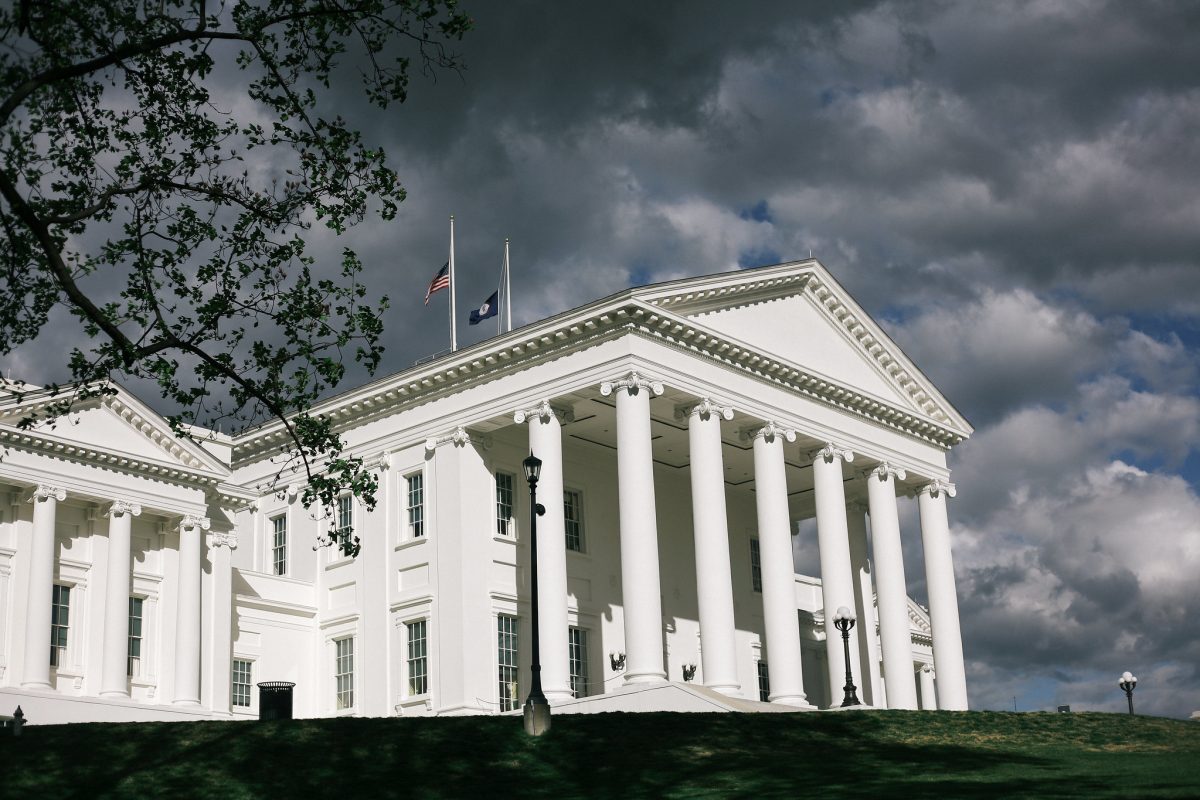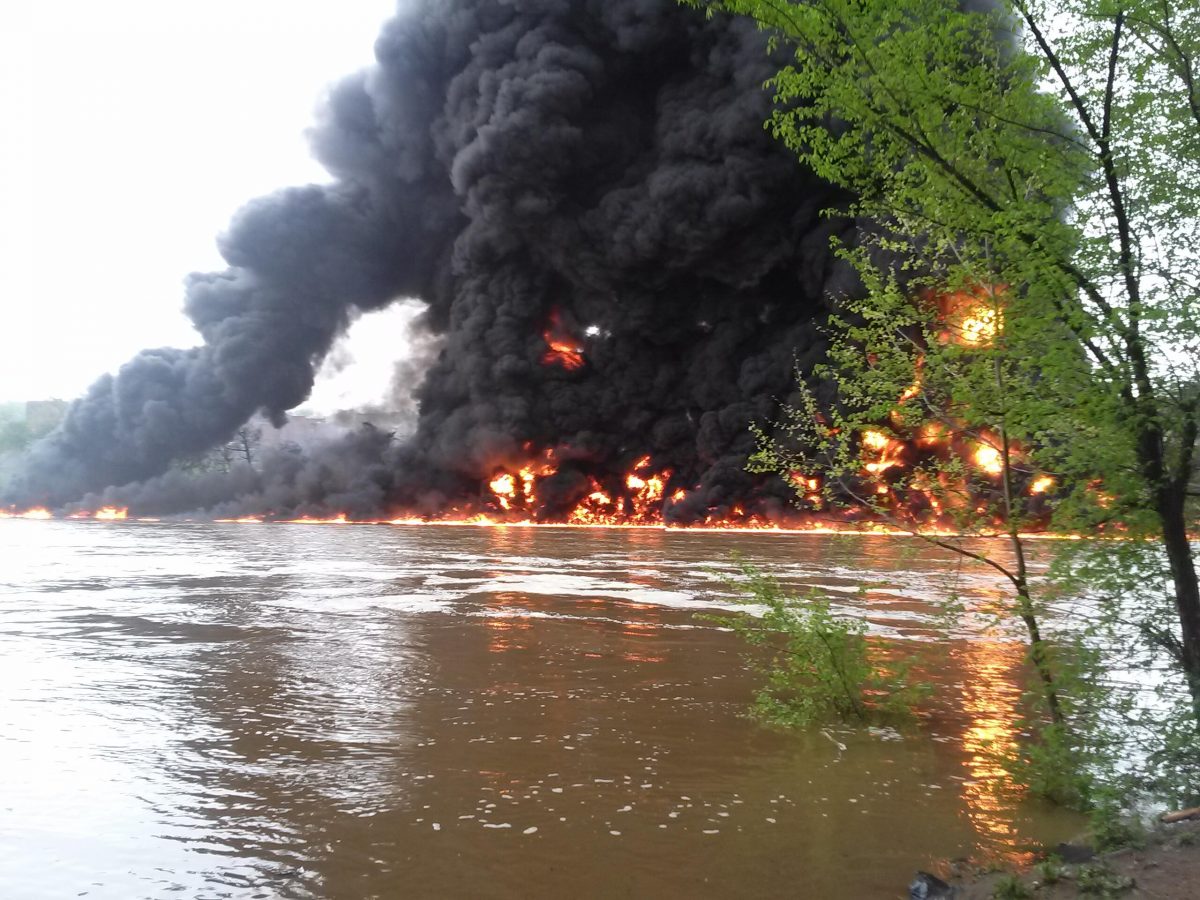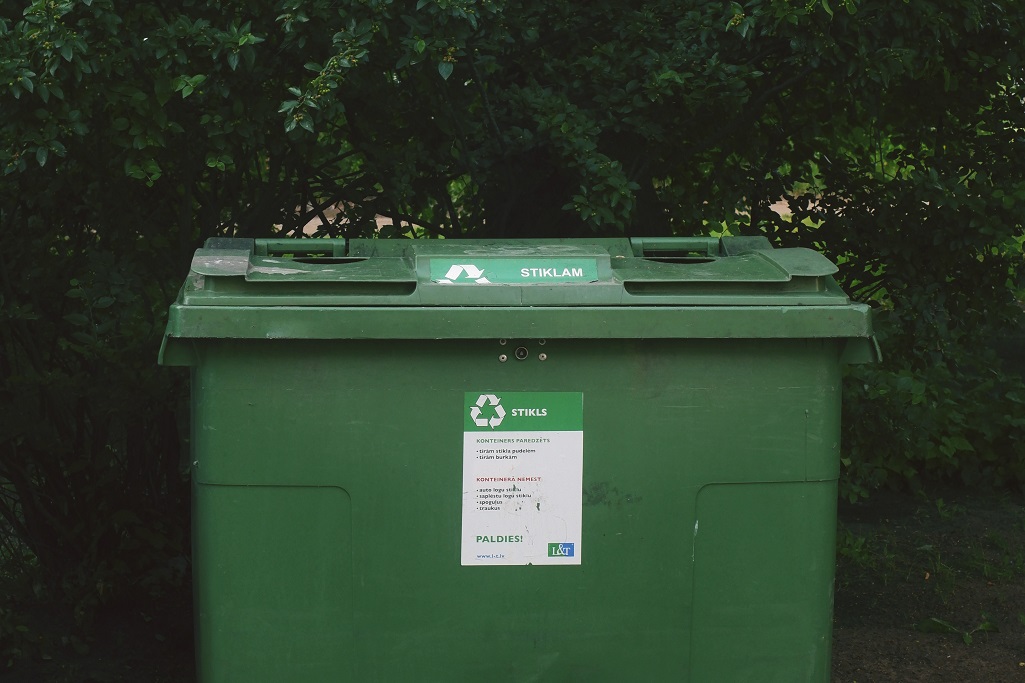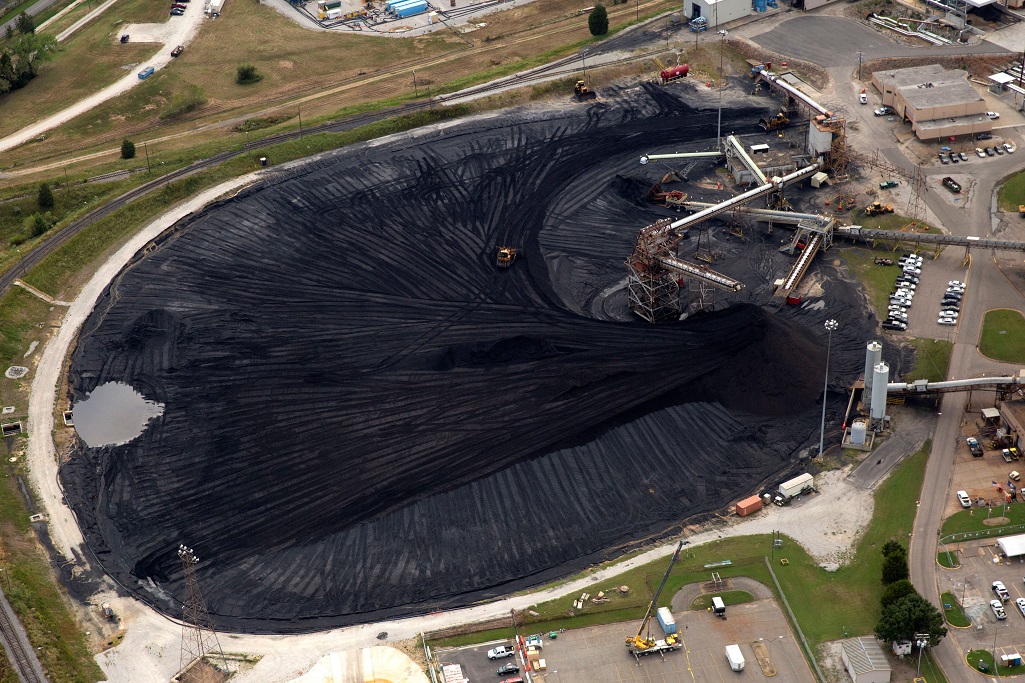Lawmakers knocked down a proposal to update state law that considered how future development could affect water quality for communities that historically have been economically or socially disadvantaged. Del. Rodney T. Willett, D-Henrico, introduced House Bill 393,...





